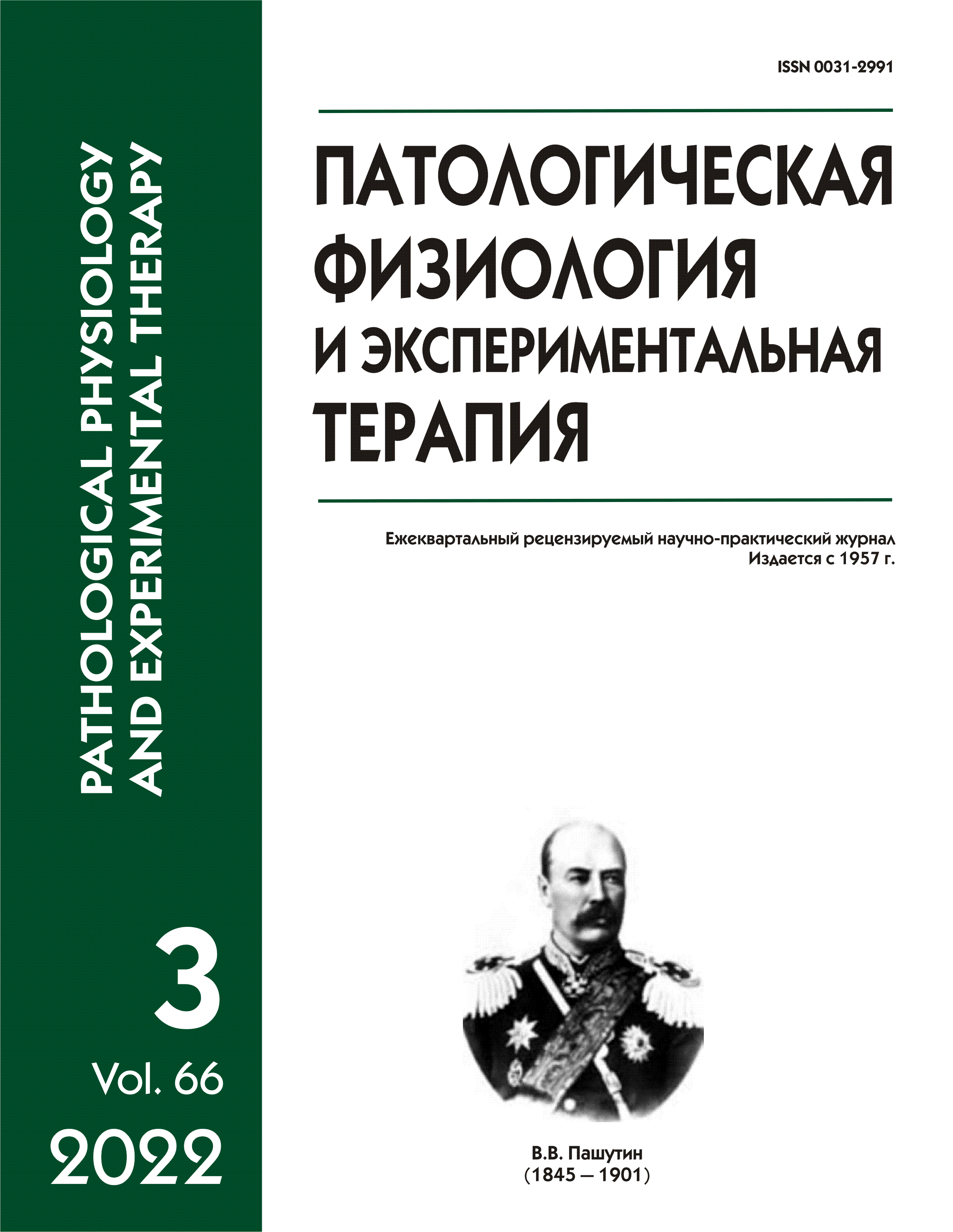Cardiac troponins as biomarkers of cardiomyocyte damage in arterial hypertension: emphasis on pathophysiological mechanisms
Abstract
Introduction. Many pathological conditions, both of cardiovascular and extra-cardiac genesis, cause damage to cardiomyocytes (CMC). One of the most sensitive and specific criteria for the detection of CMC damage are cardiac troponins (CT), regulatory protein molecules that are released into the blood from CMC when these cells are killed or damaged. New, highly sensitive methods for detecting CT can identify minor damage to CMC at the earliest stages of cardiovascular pathologies. Thus, these methods may change the understanding of the pathogenesis and suggest new diagnostic possibilities. The aim of this review was to summarize the pathophysiological mechanisms underlying the damage to CMC with the release of CT and to discuss the clinical significance of elevated CT in arterial hypertension. Methods. In the search for literature, Russian (elibrary/RSCI) and international (Embase, Pubmed/Medline) databases were used. The following keywords were used: myocardial damage, cardiac troponins, arterial hypertension, pathophysiology. Conclusion. The CMC damage and the CT release in arterial hypertension are mediated by the following pathophysiological mechanisms: myocardial hypertrophy, CMC apoptosis, damage to the CMC cell membrane and its increased permeability to CT molecules, and changes in the glomerular filtration rate. Taking into account the prognostic value of CT in arterial hypertension, there are prospects for using these biomarkers in choosing tactics for management of patients.






